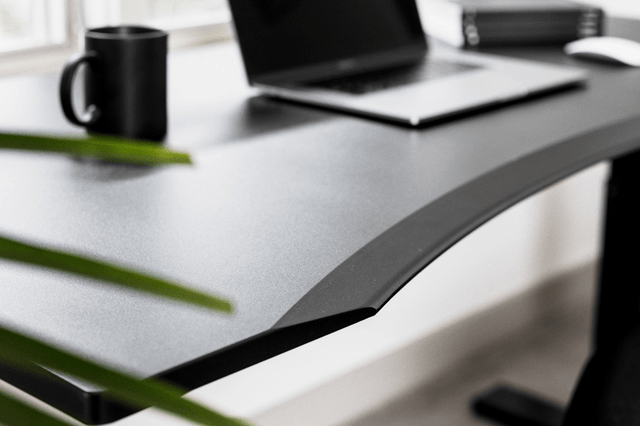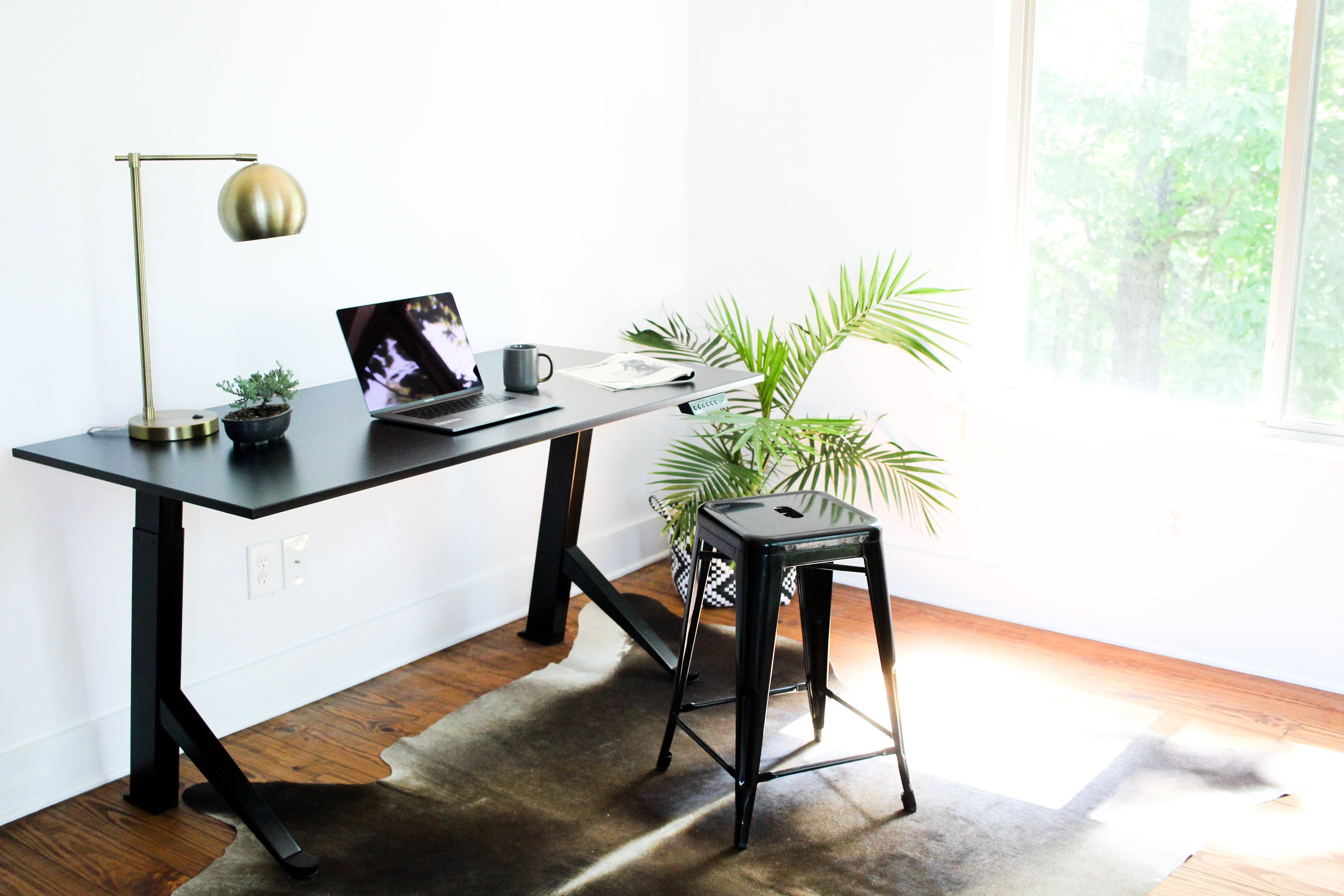Ah the month of August. The summer season is coming to an end and a new school year is just beginning. Many parents find themselves stressing out about getting everything in order but should they be worrying about their kid's health too?
Several schools continue to offer traditional desks to students and expect them to sit in class for most of the day. While your kids will have a few opportunities to move around it's still very limited. Combine the extended sitting at school with the sedentary activities after school and you've got a potential problem...
According to Mashable "Researchers found that children between the ages of 9-10 who spend 75% of their time engaging in sedentary activities such as watching TV or using a computer are up to nine times more likely to exhibit poor motor coordination than more active children in the same age range."
Not everyone is sitting back and ignoring the sitting disease however. Monica Wendel Director of the Center for Community Health Development at the Texas A&M Health Science Center has planted standing desks in four first grade classrooms. She's found it "actually improved attention on-task behavior alertness and classroom engagement." Not to mention the standing desks promote movement and help contribute in burning calories.
The standing revolution has even begun to spread onto universities. Some of the faculty at Ohio State University has implemented sit-stand desks in order to capitalize on job effectiveness and prevent prolonged sitting. In addition to sit-stand desks they've launched a mobile campaign designed to unseat their desk-bound employees. Standing at meetings or while talking on the phone has now become a normal activity.
It's important to raise questions on topics like sedentary behaviors and extended sitting. Why are we not being proactive if we have the ability to do something about it? In case you missed it I've laid out 7 helpful tips when considering switching to a standing desk. Read up.
(Image by mwhatley)




